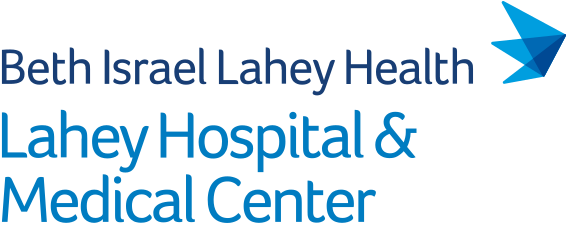BACKGROUND: Lung ultrasound congestion scoring (LUS-CS) is a congestion severity biomarker. The BLUSHED-AHF trial demonstrated feasibility for LUS-CS-guided therapy in acute heart failure (AHF). We investigated two questions: 1) does change (∆) in LUS-CS from emergency department (ED) to hospital-discharge predict patient outcomes, and 2) is the relationship between in-hospital decongestion and adverse events moderated by baseline risk-factors at admission?
METHODS: We performed a secondary analysis of 933 observations/128 patients from 5 hospitals in the BLUSHED-AHF trial receiving daily LUS. ∆LUS-CS from ED arrival to inpatient discharge (scale -160 to +160, where negative = improving congestion) was compared to a primary outcome of 30-day death/AHF-rehospitalization. Cox regression was used to adjust for mortality risk at admission [Get-With-The-Guidelines HF risk score (GWTG-RS)] and the discharge LUS-CS. An interaction between ∆LUS-CS and GWTG-RS was included, under the hypothesis that the association between decongestion intensity (by ∆LUS-CS) and adverse outcomes would be stronger in admitted patients with low-mortality risk but high baseline congestion.
RESULTS: Median age was 65 years, GWTG-RS 36, left ventricular ejection fraction 36 %, and ∆LUS-CS -20. In the multivariable analysis ∆LUS-CS was associated with event-free survival (HR = 0.61; 95 % CI: 0.38-0.97), while discharge LUS-CS (HR = 1.00; 95%CI: 0.54-1.84) did not add incremental prognostic value to ∆LUS-CS alone. As GWTG-RS rose, benefits of LUS-CS reduction attenuated (interaction p < 0.05). ∆LUS-CS and event-free survival were most strongly correlated in patients without tachycardia, tachypnea, hypotension, hyponatremia, uremia, advanced age, or history of myocardial infarction at ED/baseline, and those with low daily loop diuretic requirements.
CONCLUSIONS: Reduction in ∆LUS-CS during AHF treatment was most associated with improved readmission-free survival in heavily congested patients with otherwise reassuring features at admission. ∆LUS-CS may be most useful as a measure to ensure adequate decongestion prior to discharge, to prevent early readmission, rather than modify survival.
